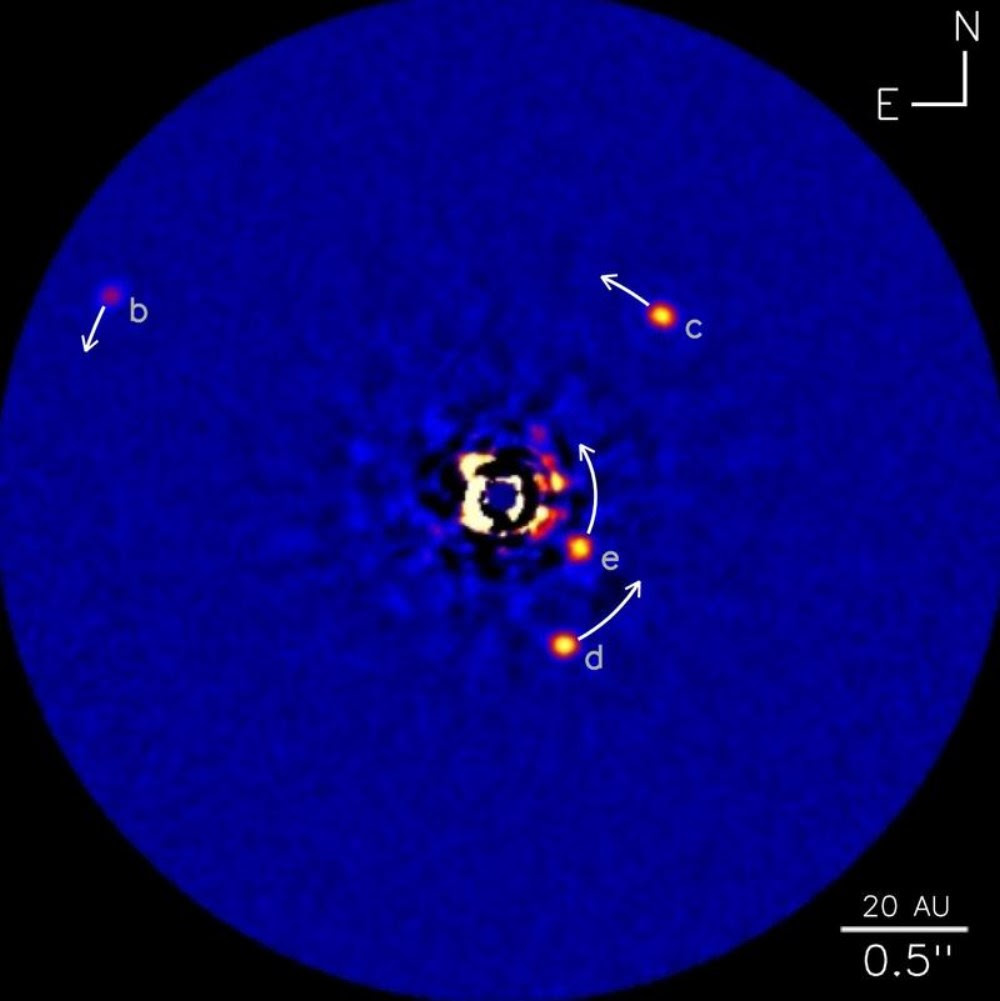Keck Observatory to Expand Exoplanet Research
W.M. Keck Observatory has announced it is working on a new instrument to be paired with the twin-telescope that will push the boundaries of exoplanet research. Called the Keck Planet Finder (KPF), the instrument will be the most sensitive and efficient spectrometer in the world, capable of measuring the masses of small planets orbiting distant stars.
KPF will allow astronomers to study in greater detail the discoveries made by current spacecrafts like TESS and Kepler. It will also identify the best exoplanets for further study by the next generation of space-based telescopes, including the successor of the Hubble Telescope, the James Webb Space Telescope.
Ultimately, astronomers will use KPF to find Earth-like planets that could harbor liquid water, and possibly extraterrestrial life.
Keck Observatory is requesting donations to the Director’s Fund in support of completing the new instrument, in addition to continuing vital programs at the Maunakea-based telescope.

In 2008, a team of astronomers used Keck Observatory’s Keck II telescope in conjunction with observations from the Gemini telescope to get the first-ever direct images of another solar system, revealing three planets orbiting around a dusty young star named HR8799, which is 129 light-years away from Earth. In December 2010, the team announced a fourth, innermost planet called “HR8799e,” which was also detected with Keck II telescope’s adaptive optics infrared imaging. CREDIT: NRC-HIA, C. MAROIS / W. M. KECK OBSERVATORY
Sponsored Content
Comments









